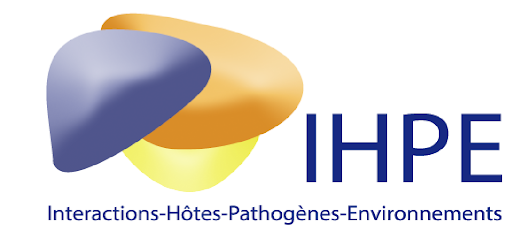Epigenetic then genetic variations underpin rapid adaptation of oyster populations (Crassostrea gigas ) to Pacific Oyster Mortality Syndrome (POMS)
Résumé
Disease emergence is accelerating in response to human activity-induced global changes. Understanding the mechanisms by which host populations can rapidly adapt to this threat will be crucial for developing future management practices. Pacific Oyster Mortality Syndrome (POMS) imposes a substantial and recurrent selective pressure on oyster populations ( Crassostrea gigas) . Rapid adaptation to this disease may arise through both genetic and epigenetic mechanisms. In this study, we used a combination of whole exome capture of bisulfite-converted DNA, next-generation sequencing, and (epi)genome-wide association mapping, to show that natural oyster populations differentially exposed to POMS displayed signatures of selection both in their genome (single nucleotide polymorphisms) and epigenome (CG-context DNA methylation). Consistent with higher resistance to POMS, the genes targeted by genetic and epigenetic variations were mainly related to host immunity. By combining correlation analyses, DNA methylation quantitative trait loci, and variance partitioning, we revealed that a third of the observed phenotypic variation was explained by interactions between the genetic sequence and epigenetic information, ∼14% by the genetic sequence, and up to 25% by the epigenome alone. Thus, as well as genetic adaptation, epigenetic mechanisms governing immune responses contribute significantly to the rapid adaptation of hosts to emerging infectious diseases.
| Origine | Fichiers produits par l'(les) auteur(s) |
|---|---|
| licence |




